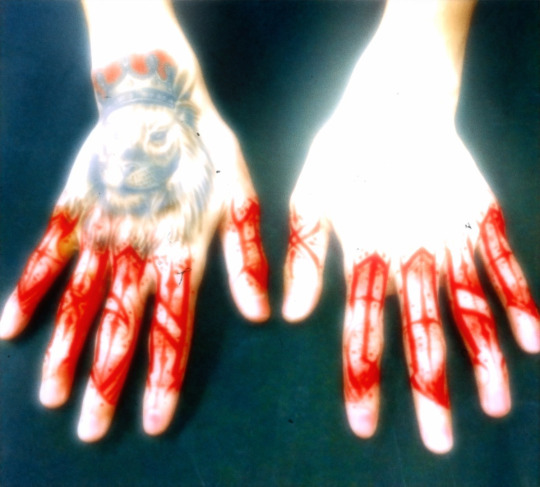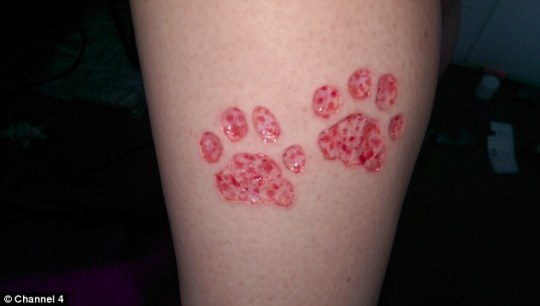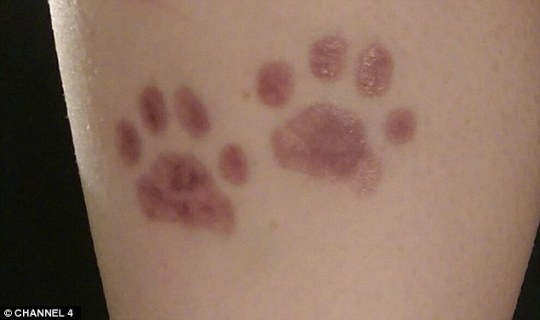#Scarification
Explore tagged Tumblr posts
Text

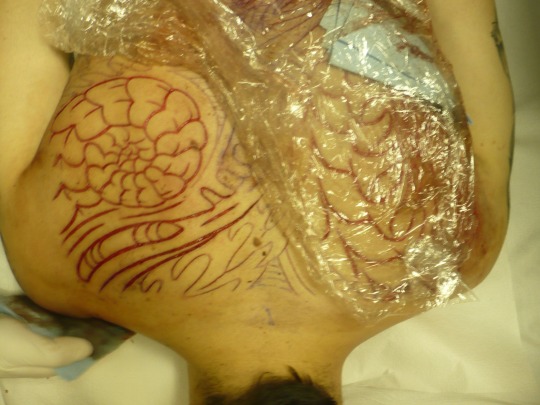

v
3K notes
·
View notes
Text
Scars and Memories
CW: Self harm, Scarification
There’s a ritual among certain groups of Mech pilots. Usually ones who are a bit more, esoteric. Pilots who’ve maybe spent too much time in the cockpit, but are too skilled for command to remove them from duty.
It’s a known fact that the more time a pilot spends in the cockpit, the more attached they become to their Mech. Each mech is practically tailor made for its pilot after all, with the hours upon hours of synchronization training that their IMP goes through. Swapping pilots between Mechs is not only unheard of, but almost impossible given how they work.
Pilots that fall into these groups are often so skilled and highly valued, that command assigns a units most skilled mechanics and technicians to their fireteams. This means that nearly every scratch that one of these Mechs receives on a sortie is repaired as quickly as possible, to keep the Mech in top shape for its next deployment.
Initially, the pilots hated this. Pilots have always held onto scars and scratches like badges of honor, marks to prove that they survived a particularly harsh engagement. But the boost to performance and mission success was such that command wouldn’t budge an inch. So the pilots pivoted to a different tactic.
The first time you saw it happen you almost called a paramedic, but then you noticed there was actually one standing by, and no one else in the hangar was paying it any mind.
The returning pilot was kneeling in front of their mech, combat knife dripping blood in their hands, carving the lines of the wounds their mech had taken into their own flesh.
There was a reverence to it. No one impeded on the pilots space, even the paramedic standing by was staying a few paces off. The mechanics were moving slow with the repairs, giving the pilot enough time to memorize the scars on their machine before they were buffed away.
You realized then why so many veteran pilots are covered in brutal and jagged scars, despite the cockpit being the most well protected part of a Mech.
And maybe on your next sortie, you carved a line into your skin where a stray round had nicked your machine.
The metal may heal, but the flesh remembers.
#mechposting#mech pilots#mecha#mechs#microfiction#empty spaces#scarification#ritual#writing#cybernetic dreams
664 notes
·
View notes
Text


stay strong guys ❤️
3K notes
·
View notes
Text
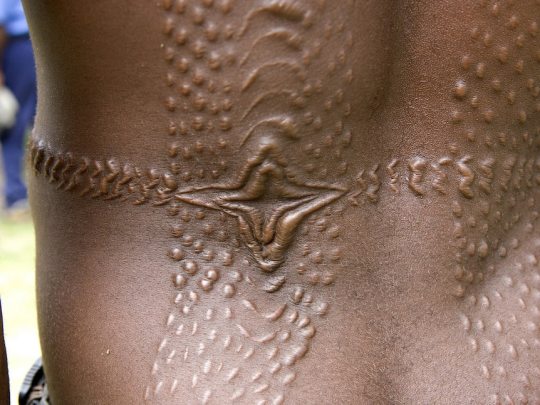
An example of tribal scarification on a member of a Sepik River tribe in Papua New Guinea. (Wikimedia Commons: Christopher Michel)
556 notes
·
View notes
Text
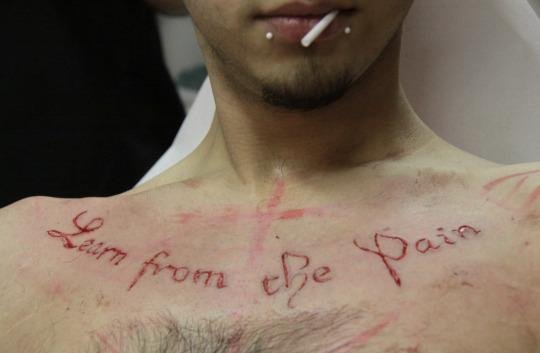
5/25/2011
3K notes
·
View notes
Text
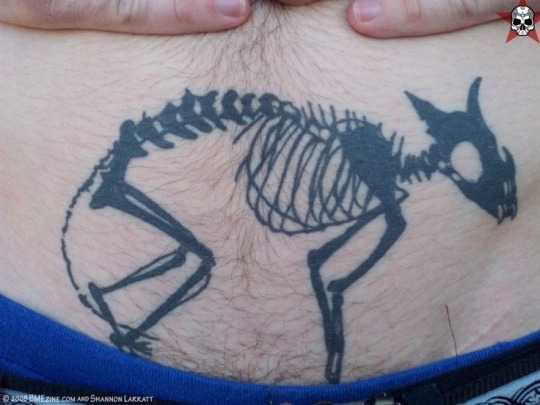
#follow my pinterest @rottingcreep#body piercing#tattoos and piercings#body mod community#body modifications#body modification#bmezine#pierced#boys with piercings#alternative#alt aesthetic#eyebrow piercing#emo girl#emo scene#emo#emo boy#septum piercing#septum#snakebites#00s#goth#gothgoth#angel bites#body modifactions#scarification
343 notes
·
View notes
Text

Hand goals.
94 notes
·
View notes
Text

So.. I kinda named my hermitcrabs grian and scar and i realized that scar is female and grian is male and they're in love so yea.
#grian#hermitcraft#goodtimeswithscar#scarian#scarification#hermitcraft grian#desert duo#i never left the desert#hermit crab
68 notes
·
View notes
Text
I wanna do scarification so bad I have a sharp enough blade to try it ajsjjdjs

look at how pretty
108 notes
·
View notes
Text
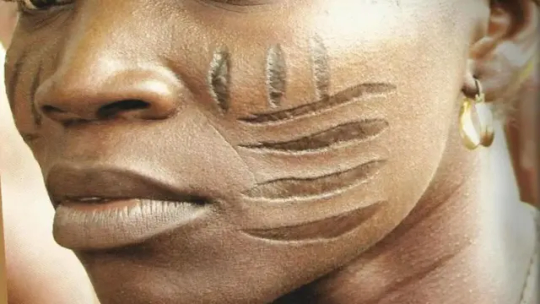
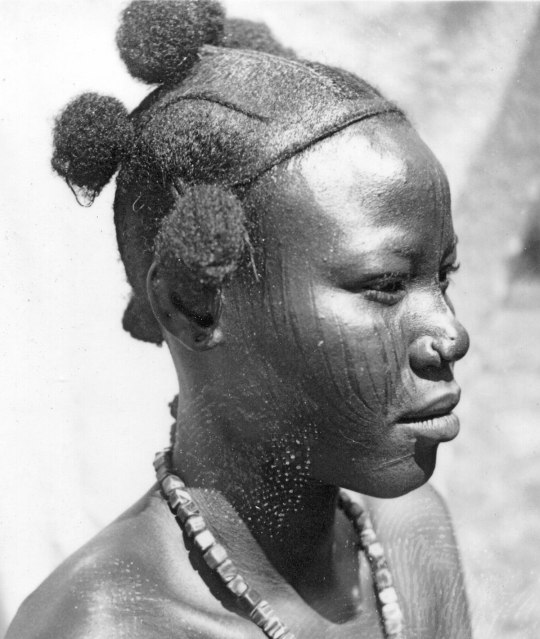
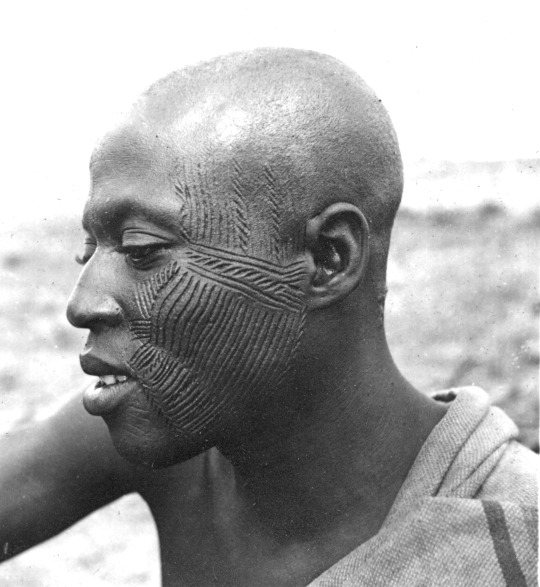
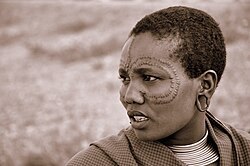
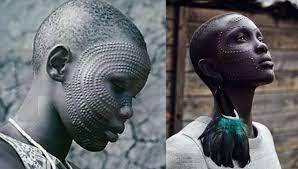
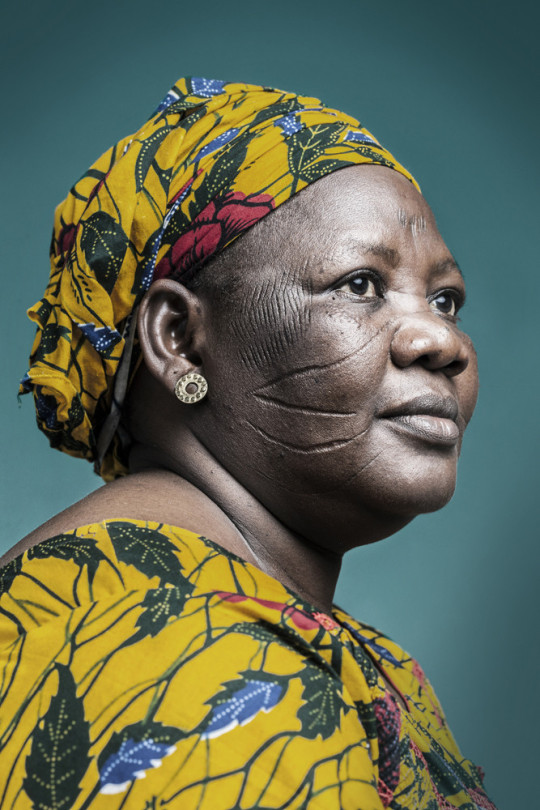
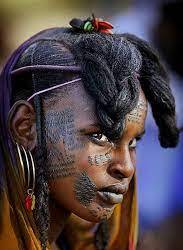

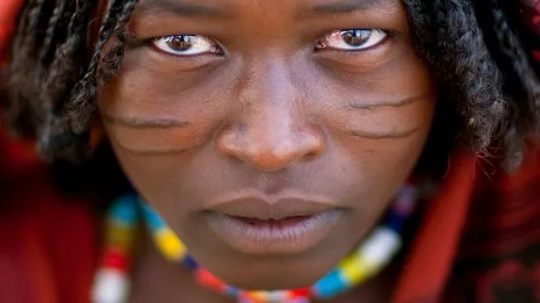
In Africa, European colonial governments and European Christian missionaries criminalized and stigmatized the cultural practices of tattooing and scarification; consequently, the practices underwent decline, ended, or continued to be performed as acts of resistance.
Among the ethnic groups in sub-Saharan Africa that traditionally practice scarification are the Gonja, Dagomba, Frafra, Mamprusi, Nanumba, Bali, Tɔfin, Bobo, Montol, Kofyar, Yoruba, and Tiv people of West Africa, and the Dinka, Nuer, Surma, Shilluk, Toposa, Moru, Bondei, Shambaa, Barabaig, and Maasai people of East Africa.
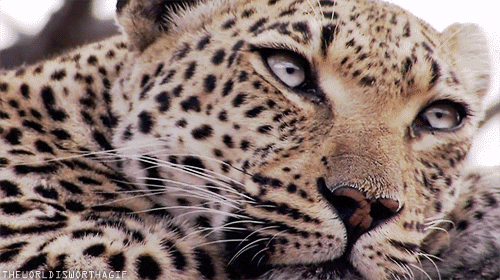
Traditionally, the most common reason for scarification has been as a rite of passage.
Scarification has been widely used by many West African tribes to mark milestone stages in both men and women's lives, such as puberty and marriage.
In many tribes, members unwilling to participate in scarification were generally not included in the group's activities, and are often shunned from their society.
According to anthropologist Grace Harris, group members lacking the normal characteristics consistent with the group are not considered as having acquired the full standing as agents in their society; they would also lack the capacity for meaningful behavior, such as greeting, commanding, and stating.
Therefore, scarification can transform partial tribe members into "normal" members entirely accepted by the group.
Scarification is a form of language not readily expressed, except through extensive and intricate greetings, and gives the ability to communicate fully, which is a key element for being considered as a normal member of the group.

One reason why scarification is used as confirmation of adulthood is how it shows the ability to endure pain. With young men, the endurance of the pain of scarring exhibits strength and discipline, especially in tribes where males have roles as hunters and warriors.
A young man who has already experienced the feeling of torn or cut flesh is considered less likely to fear the teeth of a wild animal or the tip of an enemy's spear.
In Ethiopia and Zambia, elaborate scarification is often done on women at puberty, used to denote a willingness to be a mother. The markings show that she can stand the pain of childbirth, as well as being an indication of her emotional maturity.
Some of these rites of passage have spiritual or religious roots, such young boys in the Chambri tribe of Papua New Guinea undergo scarification resembling crocodile scales to mark their transition into manhood, a ritual which stems from the belief that humans evolved from crocodiles.
In Ethiopia, Suri men scar their bodies to show that they have killed someone from an enemy tribe;
the Mursi practice scarification for largely aesthetic reasons in order to attract the opposite sex and enhance the tactile experience of sex.
The Ekoi of Nigeria believe that the scars serve, on their way to the afterlife, as money.
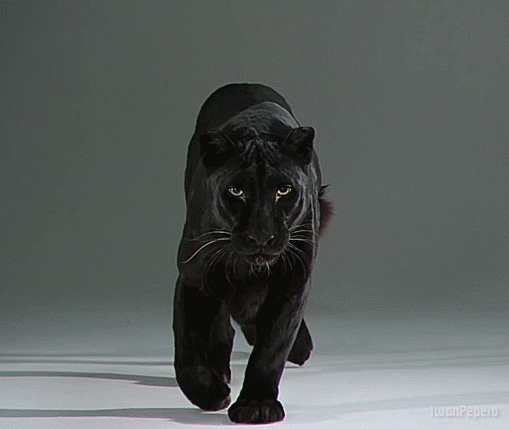
#ekoi#mursi#maasi#nigerian#scarification#african#afrakan#kemetic dreams#brownskin#brown skin#afrakans#africans#african culture#afrakan spirituality#suri#ethiopian#zambia#afterlife#sacrifice#free will#immortality#philosophy#chambri#rite of passage#tiv#Gonjas#Nanumbas#Dagombas#Frafras#ghana
207 notes
·
View notes
Text



Got carved up real real good on the night of the full moon :) thanks to @witchdisk 💜
89 notes
·
View notes
Text

got tied to the cross and earned myself a pretty little brand that says pain on all saints’ day!
#nsft#ftm nsft#trans nsft#ftm sub#bd/sm kink#ftm masochist#masochist sub#bd/sm community#branding#shibari#ki/nk#body modification#body modifactions#body mod#my face#not really my face but i don’t have another tag for my content#scarification
64 notes
·
View notes
Photo

matching hides, like two almanacs, full of constellations that scream "he lived! he lived! he lived!" sketchpage for PunishedCorr 🗡️🩸
#lol lets fuck around and find out ay#rasputin#corto maltese#rascorto#sketch#sketch page#sketchpage#gay#hairy#cutting#blood#scarification#commission#human
64 notes
·
View notes
